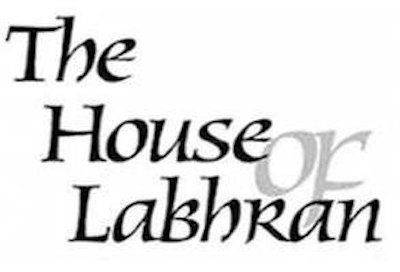Gordon Highlanders Vintage Sgian Dubh
We have just discovered another wonderful vintage regimental treasure. This week it was a circa WW1 Gordon Highlanders officers - Pipe Major - Drum Major's sgian dubh. The pattern is a classic and has been set in regimental tradition for over 100 years.
Set with a cairngorm stone on a raised mount this sgian dubh will have seen it's fair share of the regiments history. If only it could talk.
The Gordon Highlanders was a line infantry regiment of the British Army that existed for 113 years, from 1881 until 1994 when it was amalgamated with the Queen's Own Highlanders (Seaforth and Camerons) to form the Highlanders (Seaforth, Gordons and Camerons).
The regiment was formed on 1 July 1881 instigated under the Childers Reforms. The new two-battalion regiment was formed out of the 75th (Stirlingshire) Regiment of Foot - which became the 1st Battalion of the new regiment - and the 92nd (Gordon Highlanders) Regiment of Foot, which became the 2nd Battalion.
We have a passion for fine antique and collectible sgian dubh's. We source antique Jacobite styles of the 18th century, high Victorian styles and regimental patterns of WW1 - WW2.
The Gaelic sgian dubh meaning "black knife", where "black" may refer to the usual colour of the handle of the knife. It is also suggested that "black" means secret, or hidden, as in the word blackmail. This is based on the stories and theories surrounding the knife's origin and the meaning of "Dubh" in Gaelic, in particular those associated with the Highland custom of depositing weapons at the entrance to a house prior to entering as a guest. Despite this practice, a small twin edged-dagger, ('Mattucashlass'), concealed under the armpit, combined with a smaller knife, ('Sgian dubh').




